When you invest in a good pair of over-ear headphones, you expect them to last. Understanding what makes them durable is key to protecting your purchase and ensuring a great listening experience for years. The durability of headphones depends on the materials used, their overall design, and how you care for them. This guide will walk you through everything you need to know to choose a pair that can withstand daily use.
What Defines Durability in Over-Ear Headphones?
Durability isn’t just about surviving a drop. It’s the ability of headphones to resist wear, pressure, and damage over time while still performing perfectly. This is crucial if you use them daily for commuting, working out, or long listening sessions.
A truly durable pair of headphones combines strong materials with smart design. High-quality plastics, metals, and padding are essential. But design elements like hinge strength, headband flexibility, and whether parts like ear pads are replaceable also play a huge role.
A durable pair of headphones is not only a smart investment but also enhances your listening experience by ensuring reliability over time. By focusing on both build quality and design, you can find a product that won’t fail you when you need it most.
Key Materials and Construction to Look For
The materials used in headphones are the foundation of their longevity. Cheaper models often use standard plastic that can become brittle and crack, while premium headphones use a mix of stronger, more resilient materials.
When you’re shopping, pay close attention to the frame and headband. Metal components, especially aluminum or steel, offer far greater strength than plastic. Also, check the ear cushions. They should be made from high-quality foam and covered in a durable material like protein leather or velour to prevent peeling and tearing.
Some of the most important features indicating a sturdy design include:
- Reinforced Headbands: Look for models with a metal strip inside the plastic headband for extra support against bending and twisting.
- Strong Hinge Mechanisms: If the headphones fold, the hinges are a potential weak point. Metal hinges are significantly more durable than plastic ones.
- High-Grade Plastics: Not all plastic is bad. High-grade polymers can be both lightweight and incredibly tough.
- Replaceable Parts: The ability to easily replace cables and earpads can dramatically extend the life of your headphones.
These features are often highlighted by manufacturers, so keep an eye out for them in product descriptions.
Common Points of Failure and How to Avoid Them
Even the best headphones have potential weak spots. Knowing what they are can help you use your headphones more carefully and make them last longer. The two most common points of failure are the headband and the earpads.
The headband is under constant stress from being put on and taken off. Plastic headbands are especially prone to cracking over time, a problem made worse by improper storage or excessive bending. To mitigate this, always store your headphones in a protective case instead of tossing them in a bag.
Earpads are often the first component to show wear. Constant contact with your skin, sweat, and oils can cause the material to degrade, peel, or crack. This not only looks bad but can also affect comfort and sound isolation. Regularly wiping them down with a dry cloth can help, and many brands sell replacement earpads to refresh your headphones.
How Different Brands Compare in Durability
Brand reputation often correlates with durability, as established companies have refined their designs over many years. While every brand has a range of products, some are generally known for their robust build quality. High-end brands like Bose and Sennheiser often use premium materials designed for longevity.
However, brand loyalty doesn’t always guarantee a durable product, especially with entry-level models. It’s important to look at reviews for the specific model you’re interested in. Here is a general overview of how some popular brands are rated for durability.
| Brand | General Durability Rating |
|---|---|
| Bose | Excellent |
| Sony | Very Good |
| Sennheiser | Good |
| Beats | Fair |
While budget headphones can offer good sound, they often cut corners on materials. Investing a bit more upfront in a brand known for durability might save you from frequent replacements in the long run.
Simple Maintenance for a Longer Headphone Lifespan
How you care for your headphones is just as important as how they’re built. A few simple habits can significantly extend their life, ensuring they stay in great condition for years. Proper storage is the most important factor.
When you’re not using them, keep your headphones in a hard-shell case. This protects them from dust, moisture, and physical impacts. Avoid wrapping the cable tightly around the headphones, as this can strain the connection points and lead to internal wire damage. Instead, gently loop the cable.
Regular cleaning also goes a long way. Wipe the earpads and headband with a soft, dry microfiber cloth to remove oils and sweat. For a deeper clean, you can use a slightly damp cloth, but make sure no moisture gets into the electronic components. Taking these small steps will preserve both the look and function of your headphones.
The Role of Warranty and Customer Support
A manufacturer’s warranty is a good indicator of how confident they are in their product’s durability. A longer and more comprehensive warranty provides peace of mind, ensuring you’re covered if a defect appears.
Most reputable brands offer a warranty of at least one year that covers manufacturing defects. Some premium brands may offer two years or more. Before buying, always check the warranty terms to understand what is covered. Issues like accidental damage are usually not included, but failures related to build quality should be.
Good customer support is also crucial. If you do have an issue, a responsive and helpful support team can make the process of getting a repair or replacement much smoother. Reading user reviews about a brand’s warranty service can give you valuable insight into how they treat their customers.
Frequently Asked Questions
Are over-ear headphones more durable than on-ear or in-ear models?
Generally, yes. Over-ear headphones are larger and often built with more robust materials like metal and reinforced plastic, giving them an advantage in durability compared to the more compact on-ear and in-ear designs.
What are the best materials for durable headphones?
Look for headphones with metal components in the headband and hinges, such as aluminum or steel. High-grade plastics, leather, or premium synthetic materials for ear cushions also contribute to a longer lifespan.
How can I prevent my headphone headband from cracking?
To prevent headband cracks, avoid excessive bending or twisting. The best way to protect it is by storing your headphones in a hard case when not in use, which prevents them from being crushed or bent in a bag.
Can I replace worn-out earpads on my headphones?
Yes, many manufacturers design their headphones with replaceable earpads. This is a great feature that allows you to easily swap out old, worn earpads for new ones, which restores comfort and sound isolation.
Which brands are best known for making durable headphones?
Brands like Sennheiser, Beyerdynamic, and Bose have strong reputations for producing durable, high-quality over-ear headphones. However, durability can vary by model, so it’s always wise to check specific product reviews.
Does a higher price always mean better durability?
Not always, but there is often a strong correlation. More expensive headphones typically use premium materials and undergo more rigorous testing, which leads to better longevity. However, some budget-friendly models can also be surprisingly resilient.

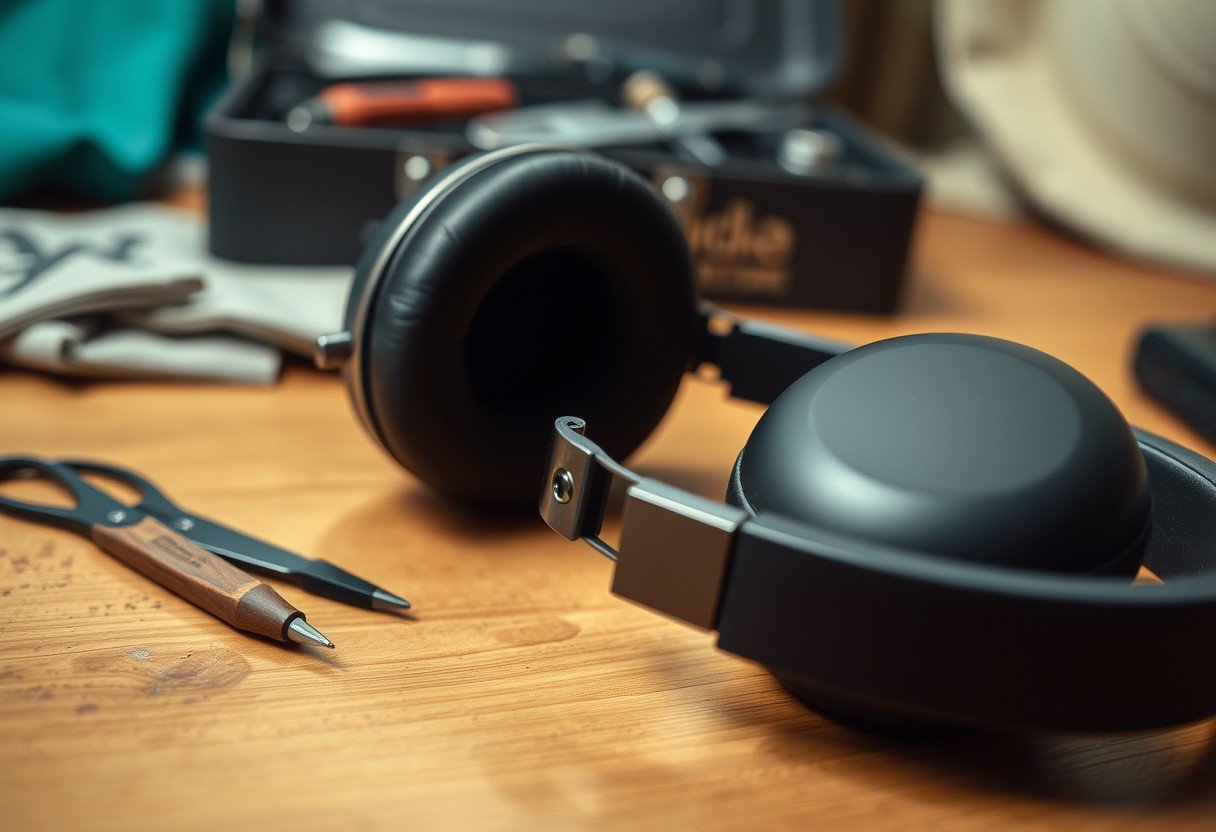
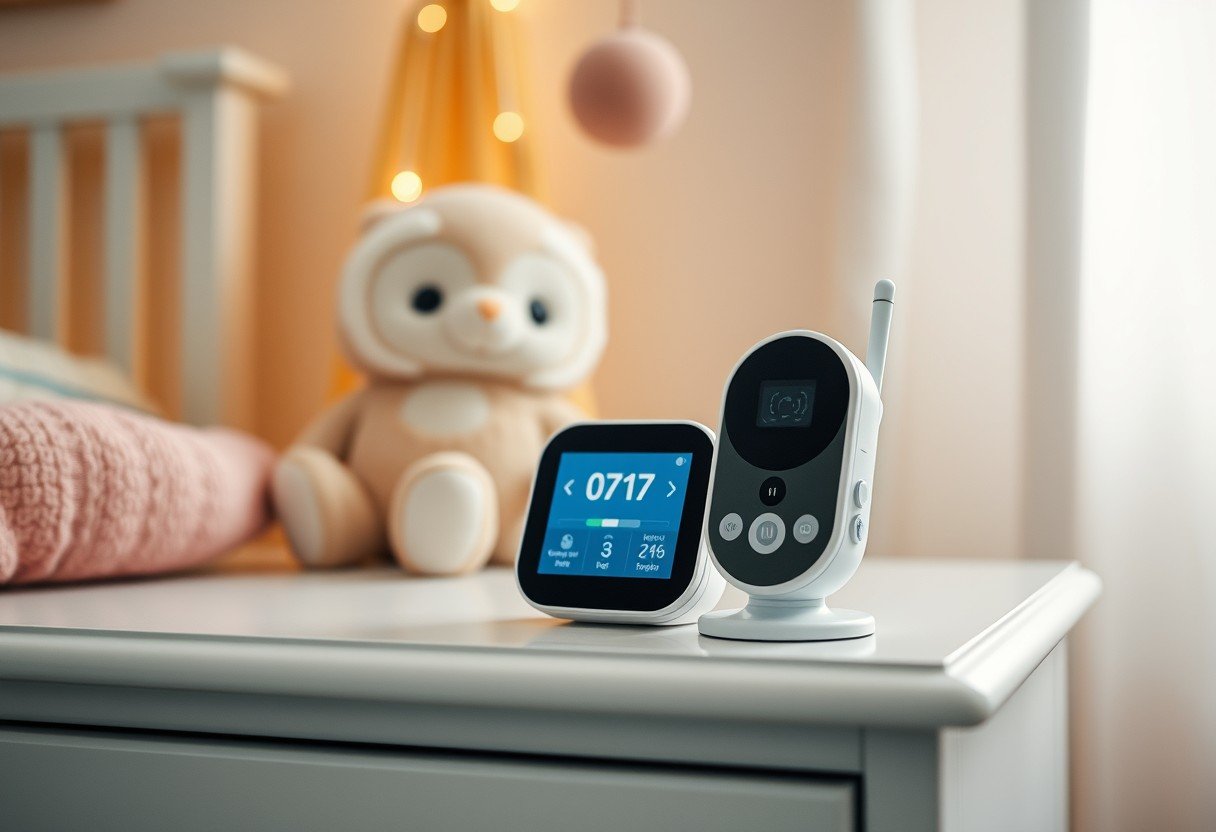


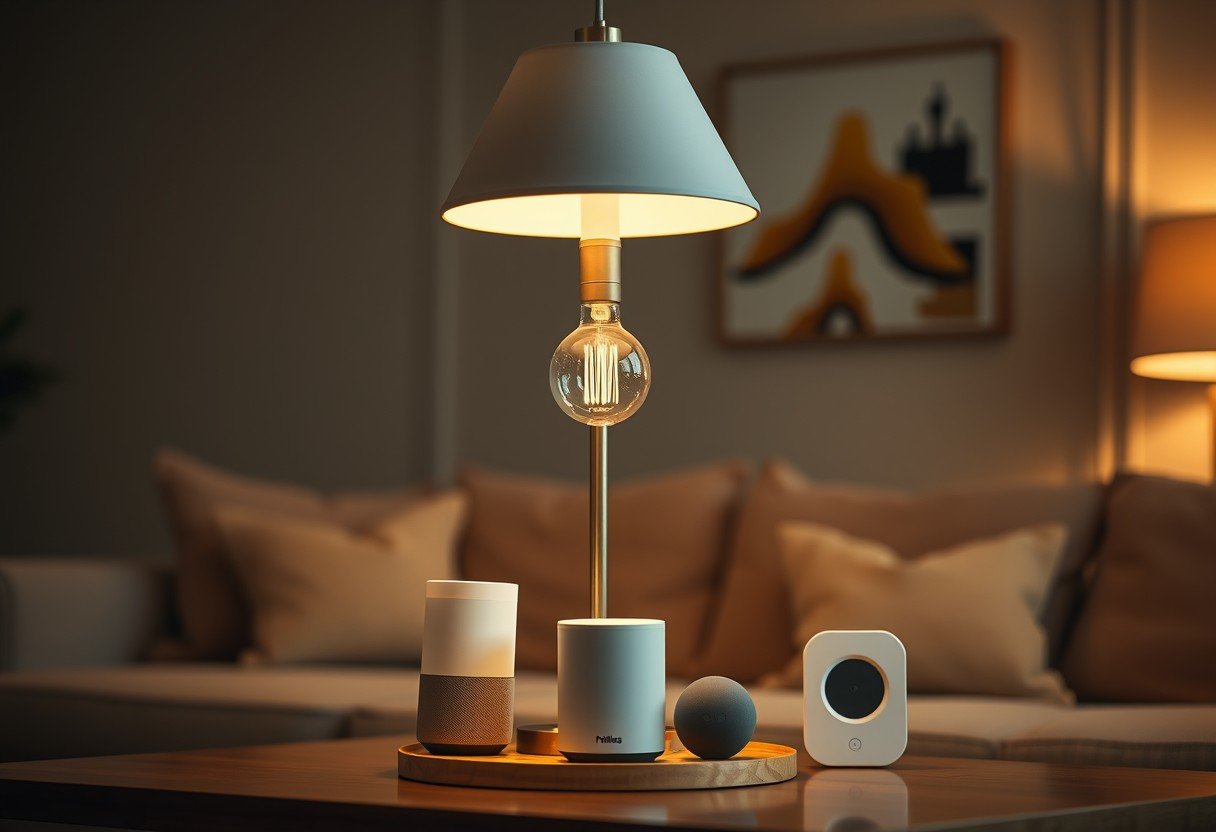
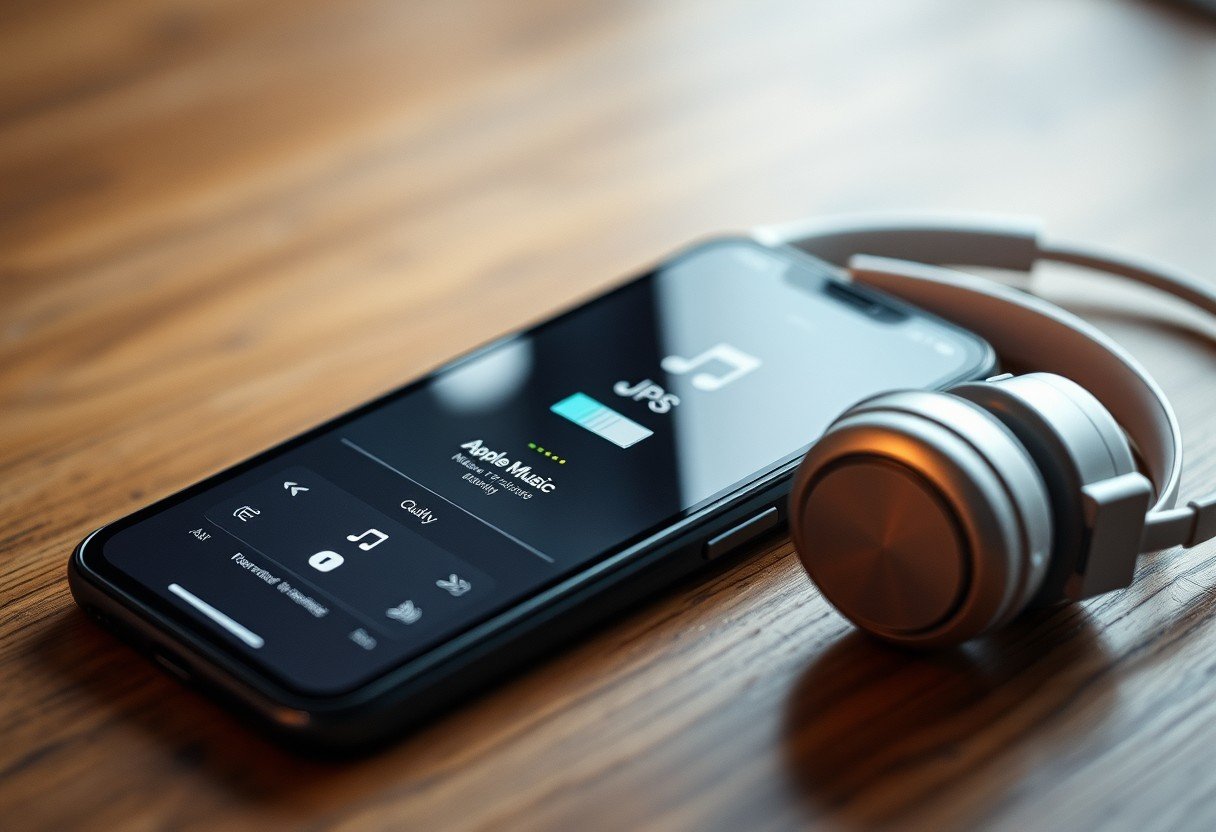

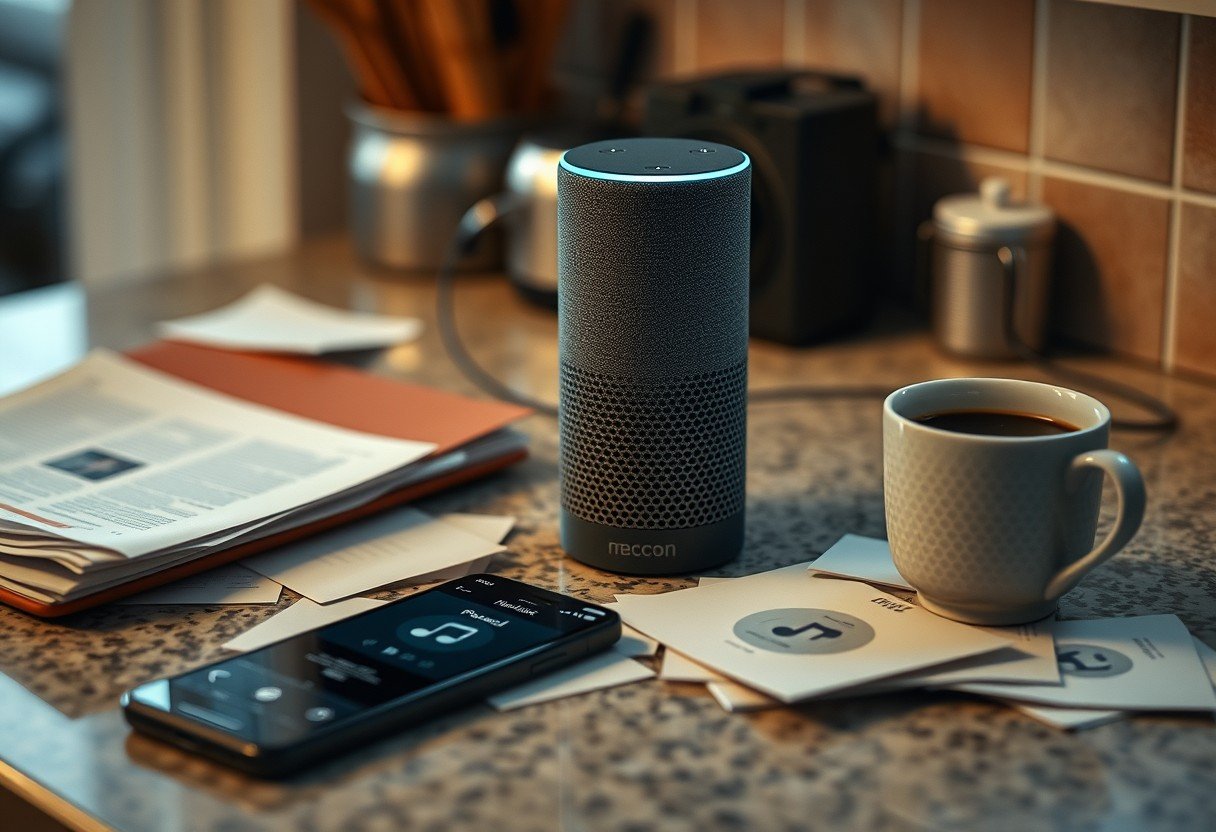
Leave a Comment